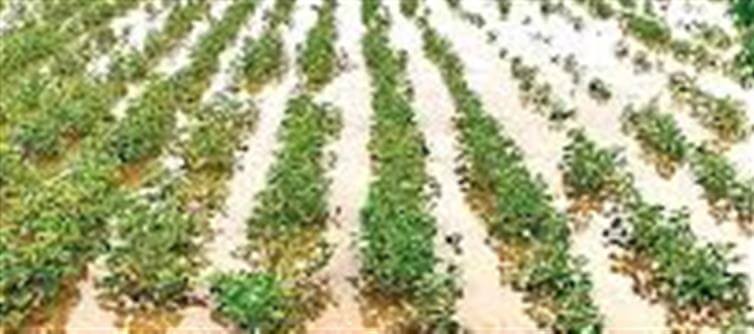
In a compassionate and timely response to the devastating impact of recent torrential rains and floods, the Karnataka government has rolled out a substantial relief package aimed at supporting affected farmers. This package includes an additional compensation of ₹8,500 per hectare, supplementing the existing aid provided under the National Disaster Response Fund (NDRF). This initiative reflects the state’s commitment to mitigating the hardships faced by the farming community and accelerating agricultural recovery in flood-ravaged regions.
The Flood Crisis and Its Impact on Agriculture
Karnataka experienced unusually heavy monsoon rains this season, resulting in widespread floods across several districts. The deluge caused severe damage to standing crops, farmlands, and irrigation infrastructure, threatening the livelihood of thousands of farmers.
· Key crops affected include paddy, maize, pulses, and horticultural produce.
· Floodwaters submerged large tracts of cultivable land, leading to complete or partial crop failure.
· Infrastructure damage disrupted supply chains and delayed harvesting and sowing cycles, compounding losses.
Given the scale of destruction, farmers faced an urgent need for financial support to recover and replant their crops.
Details of the Relief Package
The karnataka government’s latest relief measure offers:
· ₹8,500 per hectare as additional compensation over and above the assistance farmers receive under the National Disaster Response Fund (NDRF).
· The relief amount will be disbursed directly to the bank accounts of eligible farmers through a streamlined, digitized process.
· The compensation covers crop losses caused specifically by floods and waterlogging during the recent monsoon season.
· Special provisions have been made to expedite the assessment of damages and ensure swift processing of claims.
This additional relief is designed to cover immediate expenses related to crop restoration, procurement of seeds, fertilizers, and other essential inputs.
How This Relief Helps Farmers
· Financial Cushion: The extra ₹8,500 per hectare provides crucial financial breathing room, helping farmers manage short-term losses without falling into debt traps.
· Boost to Crop Replanting: It encourages farmers to resume agricultural activities by purchasing quality seeds and inputs necessary for the next cropping cycle.
· Economic Stability: Supporting farmers in distress ensures continuity in agricultural production, which is vital for food security and rural economies.
· Complementing NDRF Support: By topping up the central assistance with state funds, karnataka is demonstrating a strong commitment to farmer welfare.
Government’s Forward Steps and Support
· The state government has urged district authorities to conduct prompt crop damage surveys.
· Efforts are underway to facilitate easy access to low-interest crop loans and insurance claim settlements.
· Agricultural extension services will be mobilized to guide farmers on flood-resilient farming practices and crop diversification to mitigate future risks.
Conclusion
The karnataka government’s announcement of an additional ₹8,500 per hectare relief package marks a decisive and compassionate response to the flood crisis impacting farmers. By supplementing national aid with targeted state-level assistance, this initiative promises to accelerate agricultural recovery and stabilize rural livelihoods. For farmers devastated by floods, this relief offers not just monetary support but a renewed hope to rebuild and sustain their vital role in the state’s economy.
Disclaimer:
The views and opinions expressed in this article are those of the author and do not necessarily reflect the official policy or position of any agency, organization, employer, or company. All information provided is for general informational purposes only. While every effort has been made to ensure accuracy, we make no representations or warranties of any kind, express or implied, about the completeness, reliability, or suitability of the information contained herein. Readers are advised to verify facts and seek professional advice where necessary. Any reliance placed on such information is strictly at the reader’s own risk..jpg)




 click and follow Indiaherald WhatsApp channel
click and follow Indiaherald WhatsApp channel